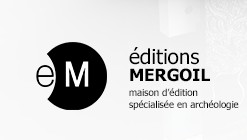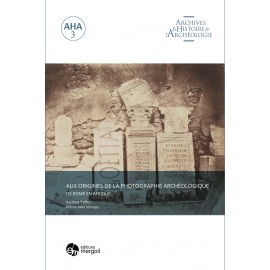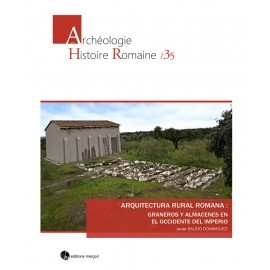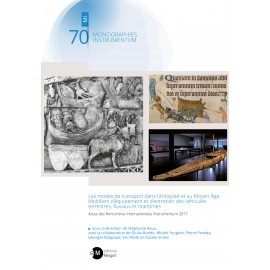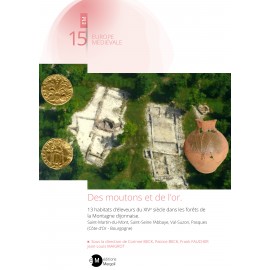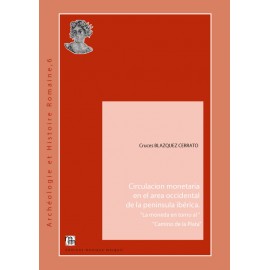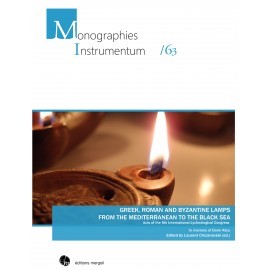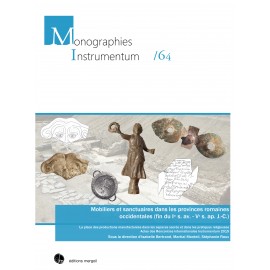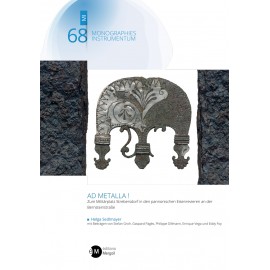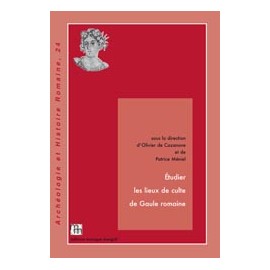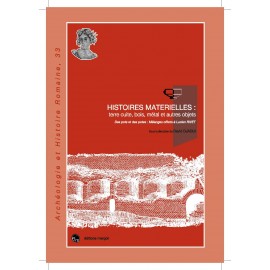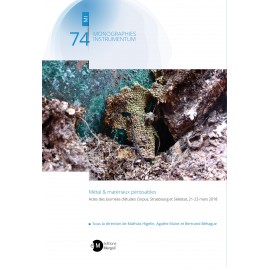No products
Prices are tax included
Product successfully added to your shopping cart
There are 0 items in your cart. There is 1 item in your cart.
Série Corpus
- Archéologie et Histoire Romaine
- Archéologie Moderne et Contemporaine
- Archéologie des Plantes et des Animaux
- Archéologie du Paysage
- Archives & Histoire de l'Archéologie
- Europe Médiévale
- Monographies Instrumentum
- Préhistoires
- Protohistoire européenne
- Research Protocols
- Off collections
- Les cahiers de saint-michel de Cuxa
- Second-hand
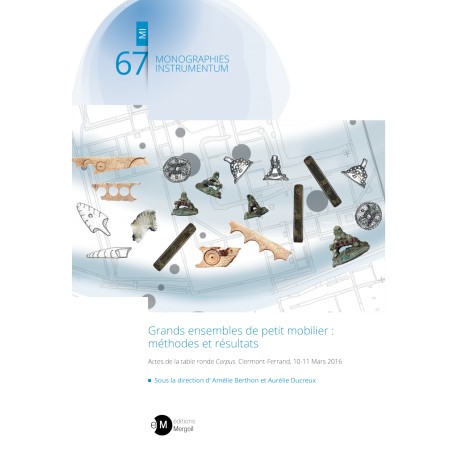 View larger
View larger Grands ensembles de petit mobilier : méthodes et résultats
MI-67
New
MI-67.Grands ensembles de petit mobilier : méthodes et résultats. Actes de la table ronde Corpus. Clermont-Ferrand, 10-11 Mars 2016. Amélie Berthon et Aurélie Ducreux (dirs.) .2020, 105 p., ill. coul. (ISBN : 978-2-35518-106-1). Collection dirigée par M. Feugère.
Warning: Last items in stock!
More info
The theme of the Corpus Days in Clermont-Ferrand, organized in 2016, was to put forward case studies in order to allow specialists in the instrumentum to express themselves on the methods used and the pitfalls encountered: excavation methods, problems of compilation or database, logistical problems related to the quantities of furniture, etc. The aim of the event was to provide an opportunity for specialists in the instrumentum to express themselves on the methods used and the pitfalls encountered: excavation methods, problems of compilation or database, logistical problems related to the quantities of furniture, etc. Two main difficulties have been identified and complicate the social and cultural reading despite the great variability of the corpuses presented: the diachronicity of the sites and the quantity of furniture. Moreover, in the context of preventive archaeology, the constraints imposed by post-excavation necessarily have a more or less strong impact on the restitution of the result. If the approach may be different and vary from one specialist to another, it also seems to adapt from one corpus to another: each study is new, revealing its share of surprises and novelties, which shows the limits of an overly fixed methodology. Each specialist thus transforms the raw data into an assembly of coherent and usable data that will constitute his or her corpus. This corpus, in other words an artificial construction subject to multiple biases, is the key to conducting a study. It is above all the result of multiple choices and reminds us that there are many ways of doing and thinking, depending not only on people but also on resources and working conditions.
These Corpus Days are also an opportunity to highlight regional news. This update was necessary for the Auvergne region, where until recently few studies of small furniture existed. This book hopes to contribute to fill this gap, by tackling original subjects such as boxwood craftsmanship, playful objects or corpus rereadings, proof that the study of "small objects", in a large or small set, always brings a stone to our edifice.
Nine articles presenting the results of the studies are gathered here, contributing to enrich and develop our methodological approaches.
Translated with www.DeepL.com/Translator (free version)
*
Introduction, Luc Leconte.
Les productions non vivrières dans les habitats du Languedoc-Roussillon au second âge du Fer : problèmes d’identification et caractérisation des activités. L’exemple des sites de Lattara (Lattes, Hérault) et Pech Maho (Sigean, Aude) Nasrine Anwar.
La caractérisation du mobilier métallique des quartiers artisanaux est et ouest du vicus gallo-romain de Bliesbruck (Fr., Moselle) : méthodologie et apports. Anne Wilmouth
Étudier le petit mobilier du Carreau du Temple – Paris (XIIIe – XIXe siècles). Méthode, choix et quelques résultats. Amélie Berthon.
Étude de l’instrumentum issu d’un édifice dédié à l’accueil des voyageurs en périphérie d’Augustonemetum/Clermont-Ferrand (site de l’ancienne Gare routière, Scène nationale) : choix, méthode et résultats. Julie Viriot et Julien Ollivier.
Les mobiliers antiques en buis découverts à Clermont-Ferrand (Puy-de-Dôme). François Blondel et Pierre Mille.
Dés parallélépipédiques du second âge du Fer en Basse Auvergne. Laure de Chavagnac.
Exemple d’utilisation des meules à traction animale pour le broyage du minerai de plomb-argentifère du site des Terres Noires à Blot-l’Église (63). Hervé Delhoofs et Boris Robin.
Le site de Gergovie : un témoin de l’acculturation arverne après la conquête romaine ? Morgan Millet
Ruessium (Saint-Paulien - Haute-Loire) : le mobilier métallique et l’instrumentum découverts au lieu-dit « Les Aurouzes ». Valérie Taillandier et Élise Nectoux.
Conclusion. Matthieu Demierre.
